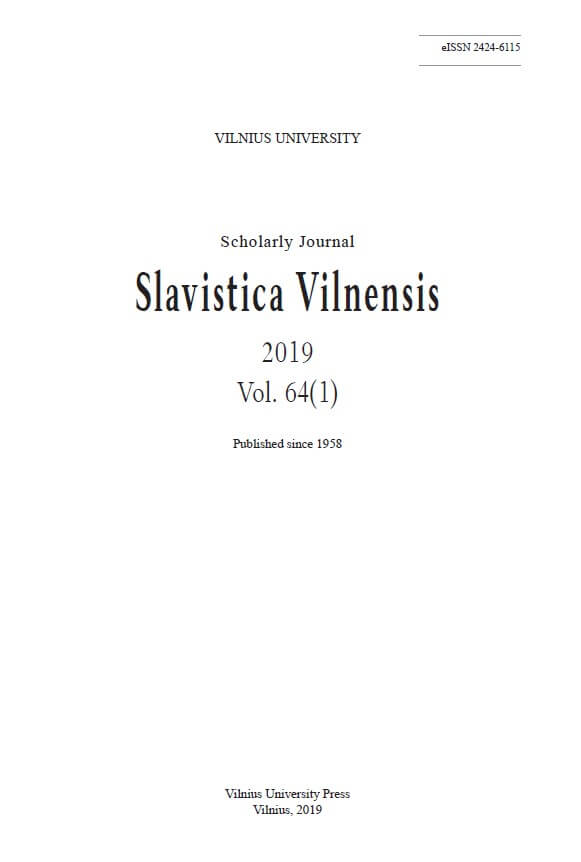Библейские hapax legomena в рефлексии перевода (на материале Книги Иова из Виленского ветхозаветного свода (F 19–262) и польских библий XVI в.)
Biblical hapax legomena in the Reflection of the Translation (on the Material of the Book of Job from the Vilna Old Testament Book (F 19–262) and the Polish Bibles of the 16th century)
Author(s): Alla Andreevna Kozhinowa, Alena SourkovaSubject(s): Theoretical Linguistics, Lexis, Comparative Linguistics, Western Slavic Languages, 16th Century, Biblical studies, Translation Studies
Published by: Vilniaus Universiteto Leidykla
Keywords: Book of Job; Vilnius Old Testament Florilegium (F 19–262); Radziviłł (Brest) Bible; Nesvizh Bible; Hebrew; Polish; Ruthenian (prosta(ja) mova); hapax legomena;
Summary/Abstract: The article examines the linguistic aspects of the translational reflection on hapax legomena from the Book of Job. Lexical correspondences to the Hebrew hapax in Ruthenian (prosta(ja) mova) and Polish are compared with the material from Vilnius Old Testament Florilegium (F 19–262) (approx. 1517–1533), the Radziviłł Bible (Biblia Radzivillovska) (1563), and the Nesvizh Bible (Biblia Nieświeska) (1568–1572) by Symon Budny. All translations demonstrate examples of both etymological interpretation and representation of figurative meaning based on the closest context. Facts of the usage of classical Jewish exegetic comments suggest the existence of a traditional understanding of the “dark places” in the Book of Job.
Journal: Slavistica Vilnensis
- Issue Year: 64/2019
- Issue No: 1
- Page Range: 10-25
- Page Count: 16
- Language: Russian

